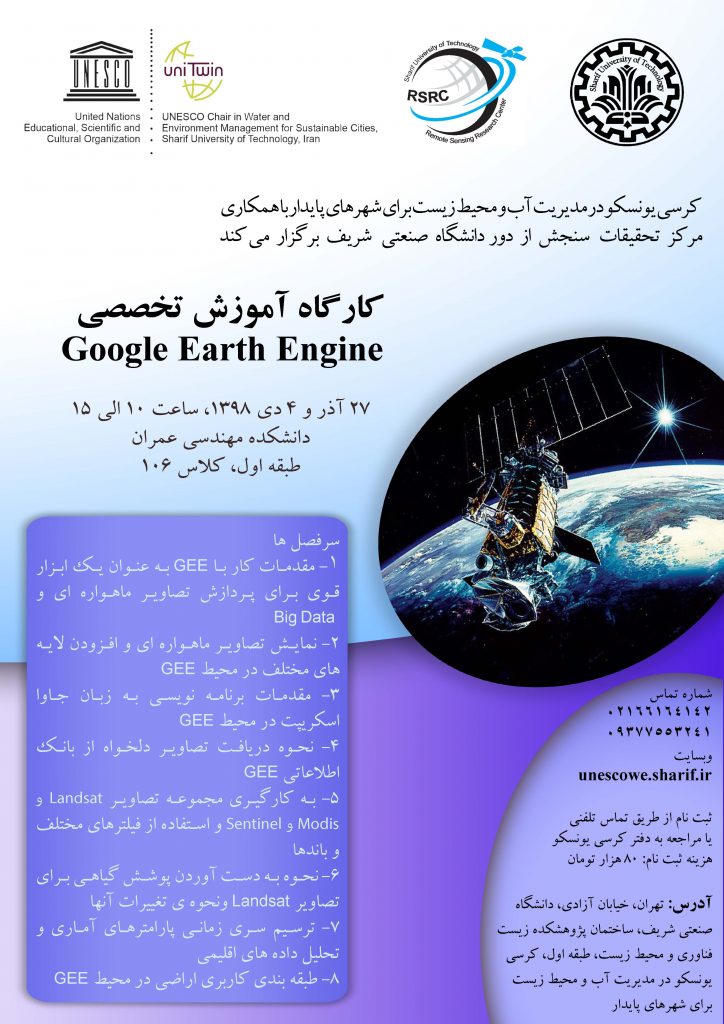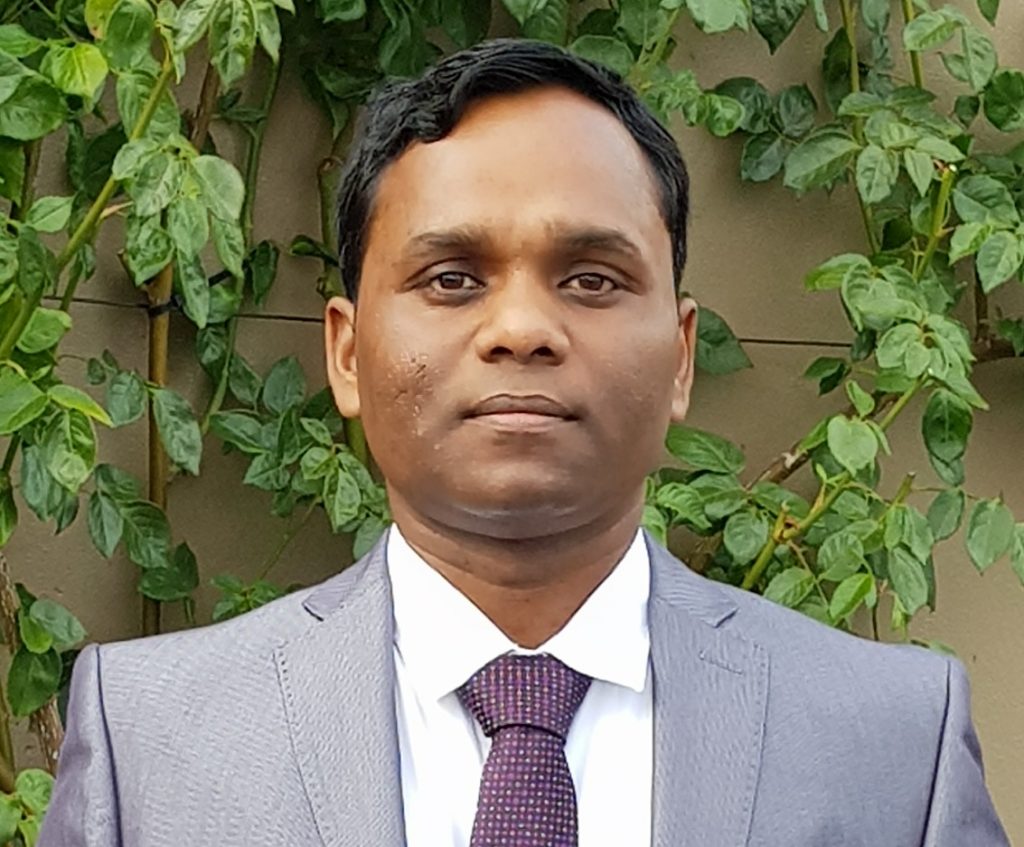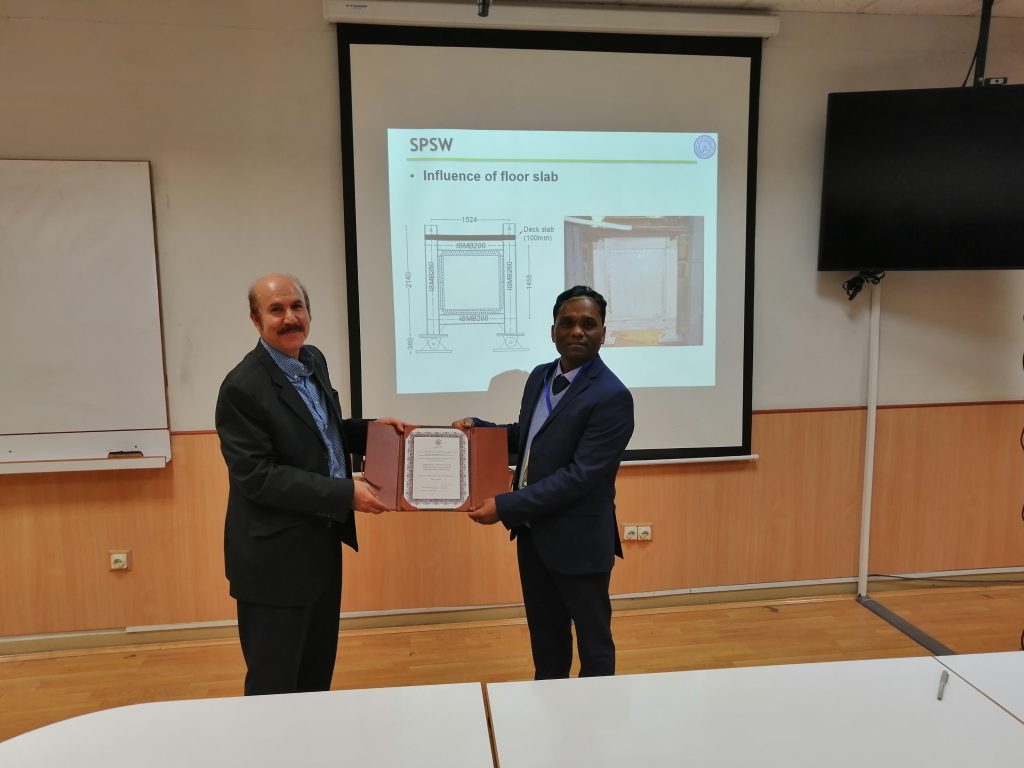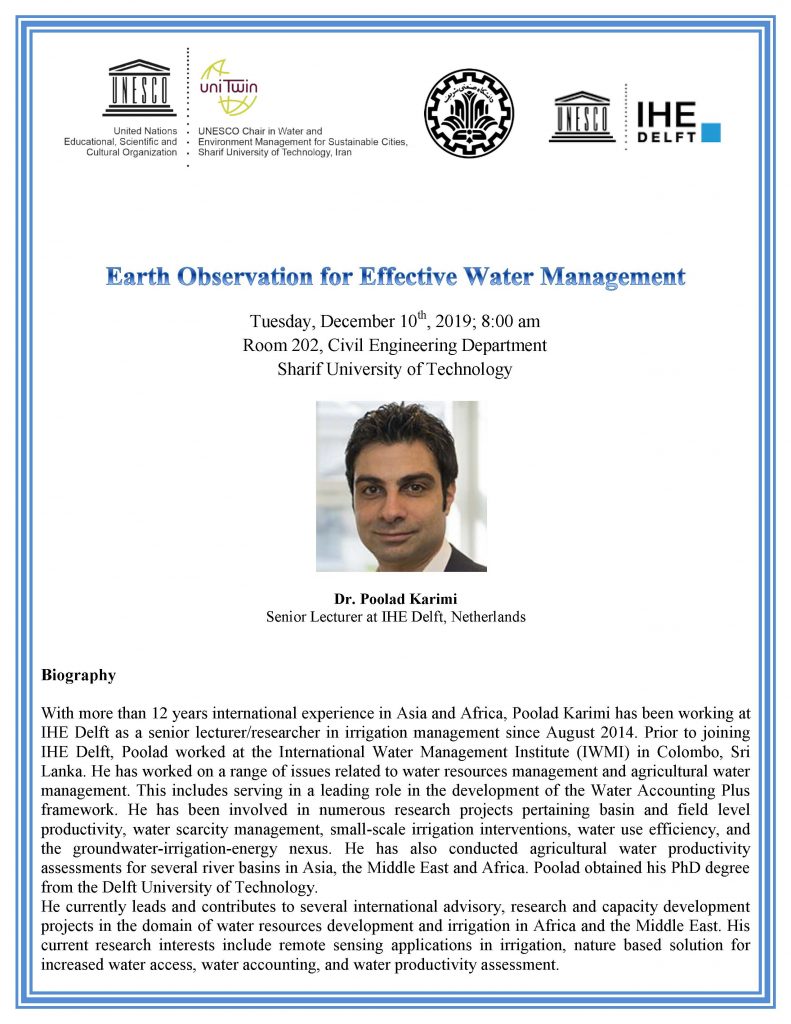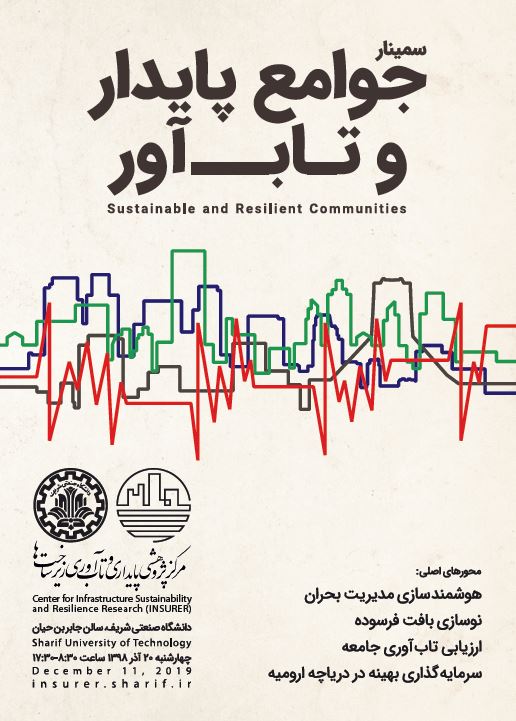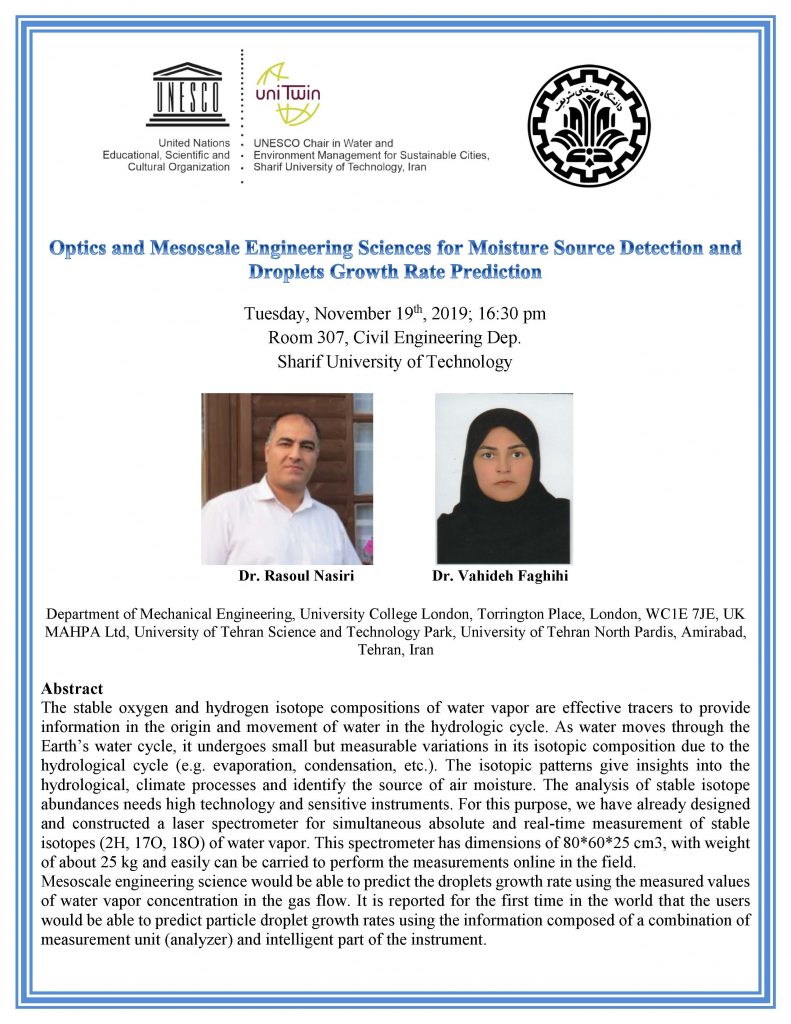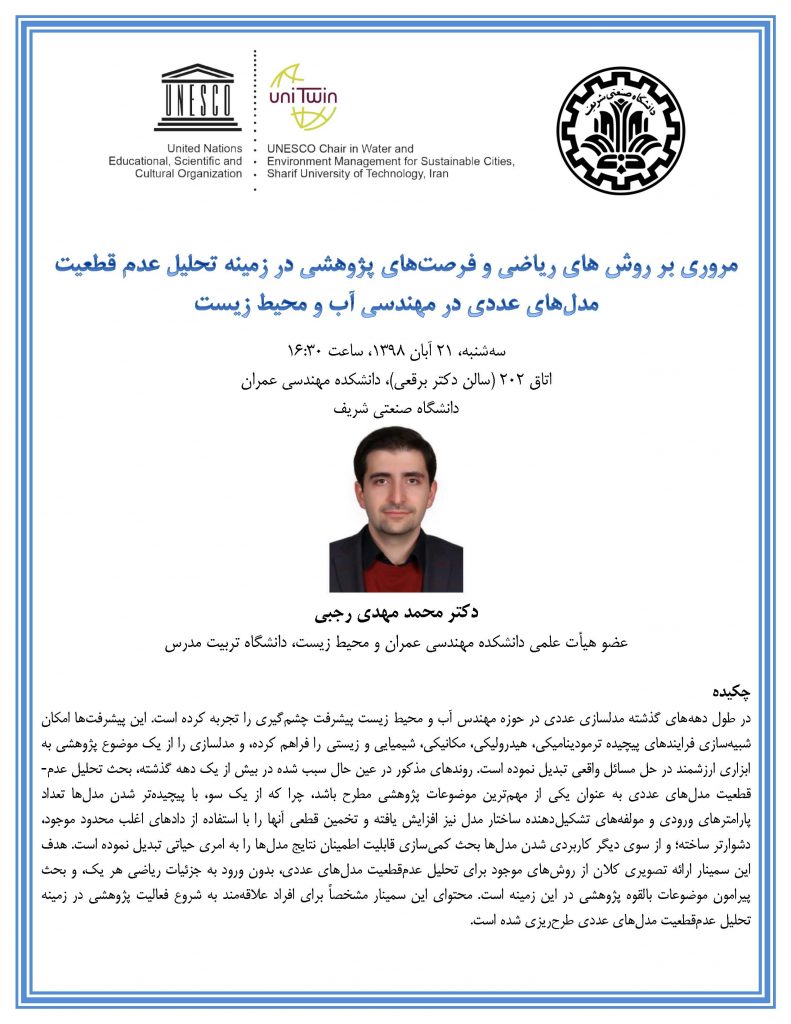Dr. Ramin Madarshahian
(Hosted by Professor Estekanchi)
Abstract: This presentation is about application of Bayesian inference in engineering problems. The presentation introduces Bayesian reasoning and illustrates an interesting problem in Bayesian source location for structural health monitoring. The first onset time of an Acoustic Emission (AE) signal is an important feature to obtain the event source location. Due big volume of data, manually identifying the onset times of AE signals is not possible when AE sensors are used for health monitoring of a structure. Numerous automatic algorithms have been proposed to obtain the onset time in an AE signal. Obviously, they have different level of accuracy and false positives to identify the onset time. Some of them generally and in comparison with manual inspection of a pool of signals outperform their competitors. However, in some signals the method which generally is not as good as its competitors, obtains the onset time more accurately. In this work, we propose the use of an inverse Bayesian source location model to develop an automatic framework to pick the most accurate onset time among several competitors. Without loss of generality, three algorithms of fixed threshold, floating threshold and Akaike information criterion (AIC) are used to illustrate the capabilities of the proposed method.
Biography: Being a former SUT student, Dr. Ramin Madarshahian currently is a data scientist with structural engineering background. He awarded his Ph.D. from university of South Carolina and was a postdoctoral fellow in University of California at San Diego (UCSD). His focus of research is incorporating Bayesian philosophy on machine learning algorithms to solve challenging engineering problems on model updating and structural health monitoring.
Reference: Madarshahian, Ramin, Paul Ziehl, and Juan M. Caicedo. “Acoustic emission Bayesian source location: onset time challenge.” Mechanical Systems and Signal Processing 123 (2019): 483- 495.
Tuesday, 1398/10/17, 13:00-14:00 p.m., Room 202, Department of Civil Engineering

